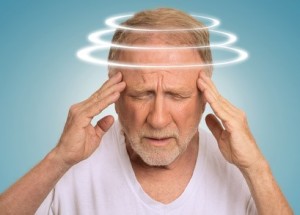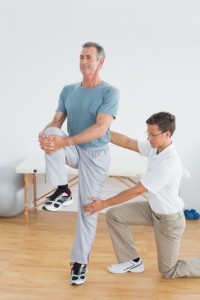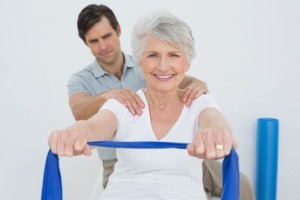15
Feb, 2016

The loss of any of the five senses is especially distressing, and one of the most frightening for any individual is the loss of balance and equilibrium due to a vestibular disorder. The condition occurs when there’s a disruption of the vestibular system that encompasses the inner ear and brain that controls eye movement and balance. When the vestibular organs are damaged from disease or injury, the brain can no longer rely on them for accurate information about equilibrium and motion, often resulting in dizziness, vertigo, balance problems, and other symptoms.
Physical therapy can help. The goal is to retrain the brain to recognize and process signals from the vestibular system in coordination with vision and proprioception.
An estimated 35 percent of all adults in the U.S. have suffered from some type of vestibular dysfunction, but it can also occur in children. The nature of symptoms and potential causative factors make it a difficult condition to diagnose.
There is Always Hope

A Vestibular disorder can result from an injury, stroke or neurological problem, but it’s also common in chronic diseases that include diabetes. It can result from cataracts, aging or a viral infection, causing a distorted sense of touch, the sensation of floating or that the world is spinning. Symptoms can range from mild to severe and have a significant impact on a person’s quality of life.
When the condition appears in children, it affects the child’s balance; motor development and unstable eye focusing makes it difficult to learn to read. Many children go undiagnosed since it’s not a condition for which youngsters are typically screened. It’s extremely frustrating for individuals seeking a quick diagnosis and for parents trying to find treatment for their child.
Vestibular rehabilitation therapy (VRT) offers hope for those suffering with vestibular disorder. The physical therapist will create a treatment and management plan of exercise that addresses the underlying causes and alleviates any compensatory behaviors an individual may have developed. VRT can be used alone or in conjunction with other therapeutic techniques.
Regain Your Balance

Patients will learn ways to compensate for the sensory deficits that they have experienced. Individuals learn new ways to move and perform tasks that reduces the potential for falls and injuries. Virtual reality is being utilized in some practices to improve control and balance. Therapists also monitor individuals for signs of emotional disturbances, anxiety and depression, all of which are common for those with this disorder.
Vestibular rehabilitation therapy is a proven method for addressing the underlying causes of the condition and assisting individuals with the disorder to learn how to live, work and play safely. Vestibular disorder can be temporary or long-term and the techniques available through physical therapy improve overall quality of life.
